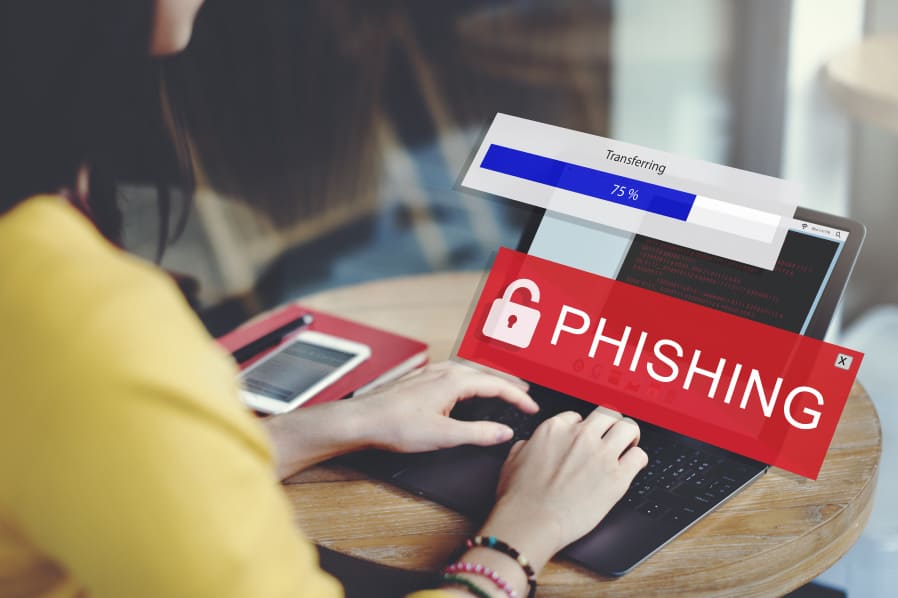Phishing is one of the most popular scam methods since 2015. Technically, phishing is done by attackers to obtain the victim’s secret information, such as personal, account, or financial data. The typical targeted data are date of birth, username/user ID, password, ATM PIN, credit/debit card numbers, credit/debit card expiration date, CVV/CVC (the last 3 digit number on the back of a credit card), OTP code, and ID/Passport numbers.
Today, when transactions are made easier with the internet, phishing is a great opportunity or loophole for fraudsters to find their victims. With the growing number of fintech apps, financial activities like payments and transfers from one channel to another are getting more intense.
The more sophisticated the technology, the more sophisticated crime patterns would be. Since phishing is one of the most frequent scams, customers should get to know deeper about it in order to keep bank transactions secure.
What is the chronology for phishing?
Phishing originates from the word ‘fishing’, reflecting the scammer’s act of fishing their victims to share their personal data with the intention to take over the victim’s financial account and drain the money. But, phishing is not only limited to financial matters, it is also a way to get victims’ personal data as a commodity to be sold on the dark web.
Just like fishing, phishing uses a method where scammers send a message containing link or fake attachment with sentences that invite the victims to access a fake website, or to download a malicious file that can access the victim’s device or account. Oftentimes, these messages come from people who claim to be from an institution or company.
People also read: Beware of Hoax! Learn the Characteristics Here
The Characteristics of Malicious Phishing
Phishing can be applied on multiple channels and platforms where scammers send persuasive messages that invite victims to follow certain instructions. Digital media users must be aware of and recognize the available loopholes where we may receive phishing messages. Below are several characteristics and forms of phishing.
1. Instructions to fill in sensitive data
Phishing is a manipulative act. You may receive a long message, but there will be a certain word or phrase that asks you to share or enter some personal data, such as password, PIN or OTP, credit/debit card numbers, credit/debit card expiration dates, and the CVV/CVC (3 digit numbers on the back of a credit card). Please remember that even bank employees would ask you to share this personal data.
People also read: Tips To Secure Your PIN
2. Fake identify
To fish their victims, scammers usually claim to be someone from a company or a friend. With a new identity, the scammers expect victims to instantly believe their instructions to share sensitive data. Thus, digital media users must always double-check every message they receive. Learn more about phishing using BCA fake email.
3. Fake links or files
Apart from the deceitful messages to trick victims, scammers will also give them fake links or files to download, with the lure of giving discounts, checking the news, or many others through those attachments. As netizens, we need to be careful when visiting a site and when downloading from untrusted sources.
4. Emails with a tempting or a threatening tone
A phishing email usually asks victims to make a decision fast using a variety of reasons, such as limited promo period, suspicious transactions needing an urgent response to prevent your card/account from being blocked, or offering a business opportunity with a sensational value, and many others.
5. Addresses victims in a general manner
Scammers do not usually address their victims specifically in their phishing attempts. Instead, they would use a general opening like, “Kepada Nasabah yang Terhormat”, “Kepada Bapak yang budiman”. “Dear Respectable Member,” and many others.
If you find anything suspicious, call Halo BCA at 1500888 immediately to report and consult our team. If phishing is done through fake ads on Instagram, get to know the tips to avoid that here.



